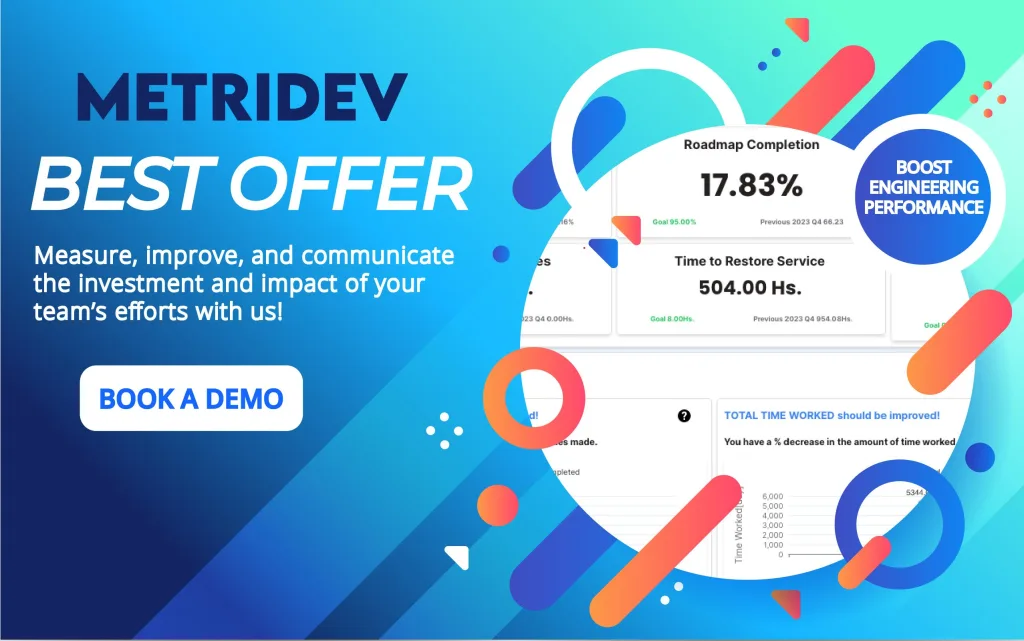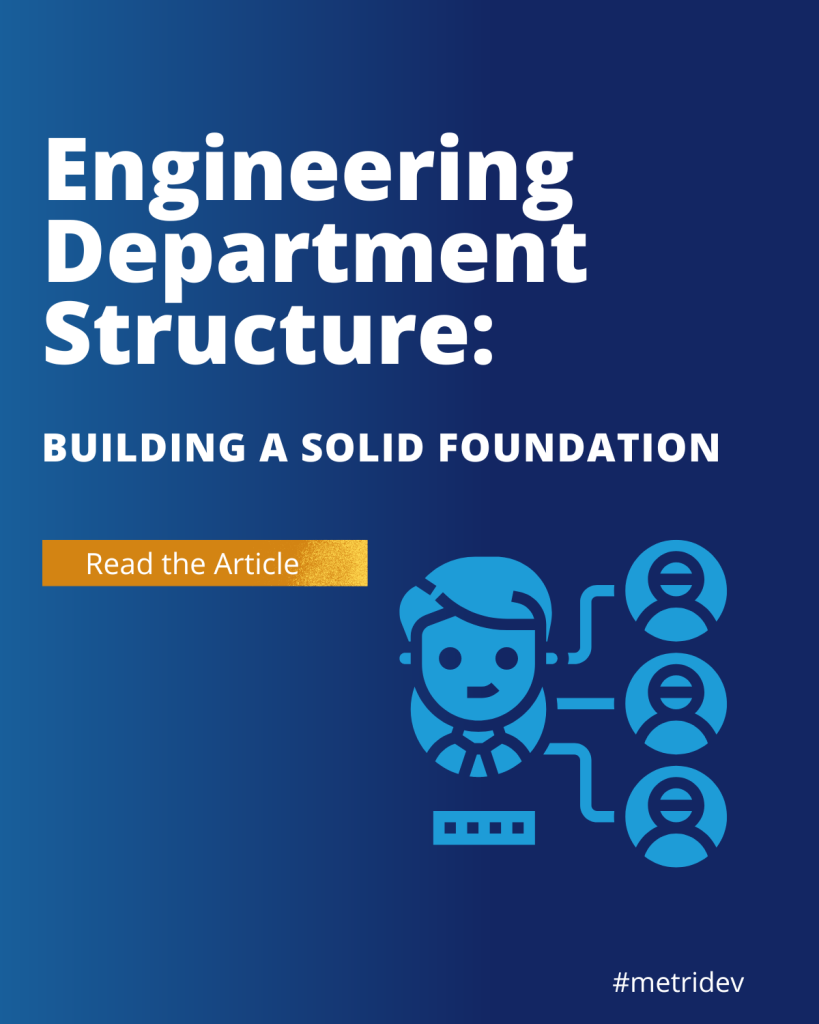Introduction
In today’s highly competitive business landscape, organizations are constantly seeking ways to streamline their operations, enhance efficiency, and drive continuous improvement. One powerful tool that has gained widespread recognition in this pursuit is value stream mapping analysis. This strategic approach allows businesses to identify and eliminate waste, optimize processes, and ultimately achieve operational excellence.
What is a Process Analysis Value Stream Mapping?
Value stream mapping is a lean management technique that provides a visual representation of the flow of materials and information required to deliver a product or service to a customer. It is a comprehensive analysis that examines the entire value chain, from raw materials to the final product or service delivery, with the goal of identifying and eliminating non-value-added activities.
Understanding the Concept of Value Stream Mapping
At its core, value stream mapping is a systematic approach to understanding and improving the flow of work within an organization. It involves mapping out the current state of a process, identifying areas for improvement, and then designing a future state that streamlines the workflow and eliminates waste. This holistic view of the value chain allows businesses to make informed decisions and implement targeted strategies for optimization.
How Do You Explain Value Stream Mapping?
Value stream mapping can be explained as a visual tool that helps organizations understand the current state of their processes and identify opportunities for improvement. It involves creating a detailed map that depicts the flow of materials, information, and people throughout the value chain, highlighting the various steps, activities, and waiting times. By analyzing this map, businesses can pinpoint areas of waste, bottlenecks, and inefficiencies, and then develop a plan to address them.
Benefits of Value Stream Mapping Analysis
The implementation of value stream mapping analysis offers numerous benefits to organizations. Firstly, it improves efficiency by identifying and eliminating waste, thereby streamlining processes, reducing lead times, and increasing productivity. Secondly, it enhances quality by helping organizations identify and address quality issues, resulting in improved product or service quality. Additionally, it increases flexibility by providing insights that enable organizations to be more responsive to changing market demands and customer needs. Moreover, it leads to cost savings by optimizing processes and reducing waste, which ultimately improves the bottom line. Lastly, it increases transparency by providing a clear and comprehensive view of the entire value chain, fostering transparency and facilitating better decision-making.

How to Analyse a Value Stream Map?
Analyzing a value stream map involves a systematic approach that includes the following steps:
- Identify the Value Stream: Determine the specific product or service that will be the focus of the value stream mapping analysis.
- Map the Current State: Create a detailed map of the current state of the value stream, including all the steps, activities, and waiting times.
- Analyze the Current State: Examine the current state map to identify areas of waste, bottlenecks, and opportunities for improvement.
- Design the Future State: Develop a future state map that streamlines the value stream and eliminates identified areas of waste.
- Implement the Future State: Develop and execute an action plan to implement the future state, continuously monitoring and adjusting as needed.
Key Components of a Value Stream Map
A comprehensive value stream map typically includes several key components. Firstly, it outlines the process steps, detailing the specific activities and tasks within the value stream. Secondly, it encompasses lead time, representing the total duration for a product or service to traverse the value stream. Thirdly, cycle time is identified, indicating the time required to complete individual process steps. Additionally, it highlights inventory levels, reflecting the quantity of work-in-progress or finished goods at various points in the value stream. Furthermore, it delineates information flow, illustrating the exchange of data and communication throughout the value stream. Lastly, material flow is depicted, showcasing the physical movement of materials, parts, or products within the value stream. These components collectively provide a comprehensive understanding of the value stream’s dynamics and facilitate opportunities for improvement.
How Do I Create a Value Stream Map Template?
Creating a value stream map template typically involves the following steps:
- Identify the Scope: Determine the specific product or service that will be the focus of the value stream mapping analysis.
- Gather the Necessary Information: Collect data on process steps, cycle times, lead times, inventory levels, and other relevant metrics.
- Develop the Visual Representation: Use standard symbols and conventions to create a visual map of the value stream. Include the flow of materials, information, and people.
- Customize the Template: Tailor the value stream map template to the specific needs and requirements of your organization. Add the inclusion of key metrics and data points.
- Maintain and Update the Template: Regularly review and update the value stream map template. This is to ensure it accurately reflects the current state of the value stream and supports ongoing improvement efforts.
Examples of Value Stream Mapping Analysis in Different Industries
Value stream mapping analysis has been successfully applied across a wide range of industries, including:
- Manufacturing: Identifying and eliminating waste in production processes, optimizing material flow, and improving overall equipment effectiveness.
- Healthcare: Streamlining patient flow, reducing wait times, and improving the delivery of medical services.
- Software Development: Improving the software development lifecycle, reducing time-to-market, and enhancing product quality.
- Logistics and Supply Chain: Optimizing transportation and distribution processes, reducing lead times, and improving inventory management.
- Financial Services: Streamlining customer onboarding, reducing processing times, and enhancing the overall customer experience.
Common Challenges
While value stream mapping analysis can be a powerful tool for driving operational excellence, organizations may encounter several challenges during implementation. Firstly, there might be resistance to change among employees regarding proposed improvements. Secondly, obtaining accurate and reliable data to support the analysis can be challenging, particularly in complex or decentralized organizations. Additionally, effective value stream mapping requires cross-functional coordination across different departments and functions. Moreover, without strong leadership and commitment from management, the initiative may lose momentum and fail to deliver desired results. Lastly, attempting to tackle too many value streams or processes simultaneously can lead to scope creep, resulting in a loss of focus and dilution of the analysis.
Best Practices
To ensure successful implementation of value stream mapping analysis, organizations should consider the following best practices. Firstly, establish clear objectives that align with strategic priorities. Secondly, involve cross-functional teams to provide diverse perspectives. Thirdly, prioritize data accuracy by investing in resources and tools. Additionally, foster a culture of continuous improvement by empowering employees to identify areas for enhancement. Furthermore, communicate progress and outcomes regularly to all stakeholders, ensuring transparency and buy-in. Finally, implement a detailed action plan for the future state and continuously monitor and adjust as necessary.
Tools and Software for Value Stream Mapping Analysis
To support the value stream mapping analysis process, organizations can leverage a variety of tools and software, including:
- Flowcharting Software: Tools like Microsoft Visio, SmartDraw, or Lucidchart. These can be used to create detailed visual representations of the value stream.
- Spreadsheet-based Tools: Excel or Google Sheets. These tools can be used to capture and analyze data related to the value stream, such as process times, inventory levels, and defect rates.
- Dedicated Value Stream Mapping Software: Specialized tools like LeanKit, Gembapulse, or ValueStreams. These can provide a comprehensive platform for creating, analyzing, and managing value stream maps.
- Data Visualization Tools: Tools like Tableau, Power BI, or QlikView can be used to create dynamic visualizations and dashboards to support the analysis and communication of value stream mapping insights.
Conclusion
Value stream mapping analysis is a powerful tool that can help organizations achieve operational excellence by identifying and eliminating waste, optimizing processes, and driving continuous improvement. By adopting a holistic, data-driven approach to understanding and improving the value chain, businesses can unlock significant efficiencies, enhance customer satisfaction, and ultimately strengthen their competitive position in the market.
To learn more about how benefit your organization, read our article Code Review Guidelines: Best Strategies.








Leave a Reply